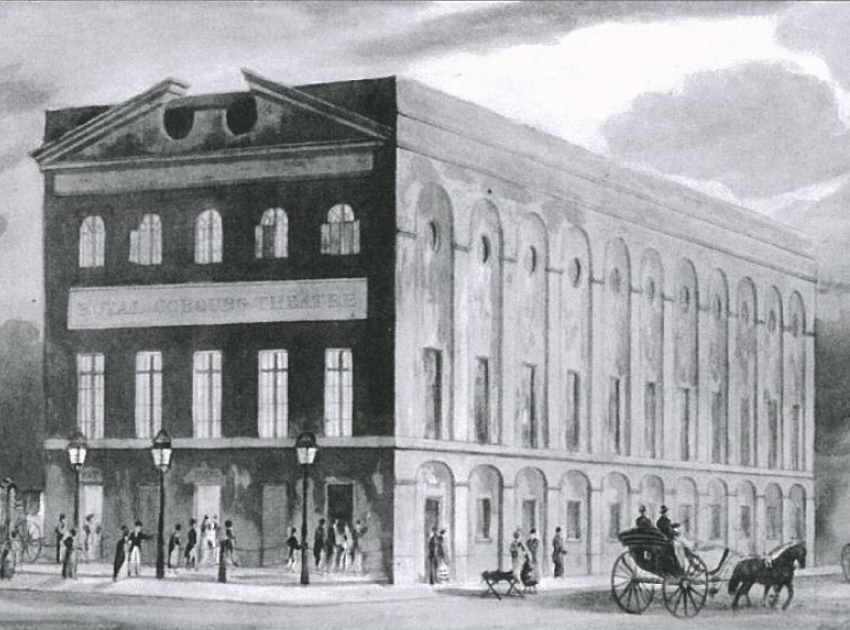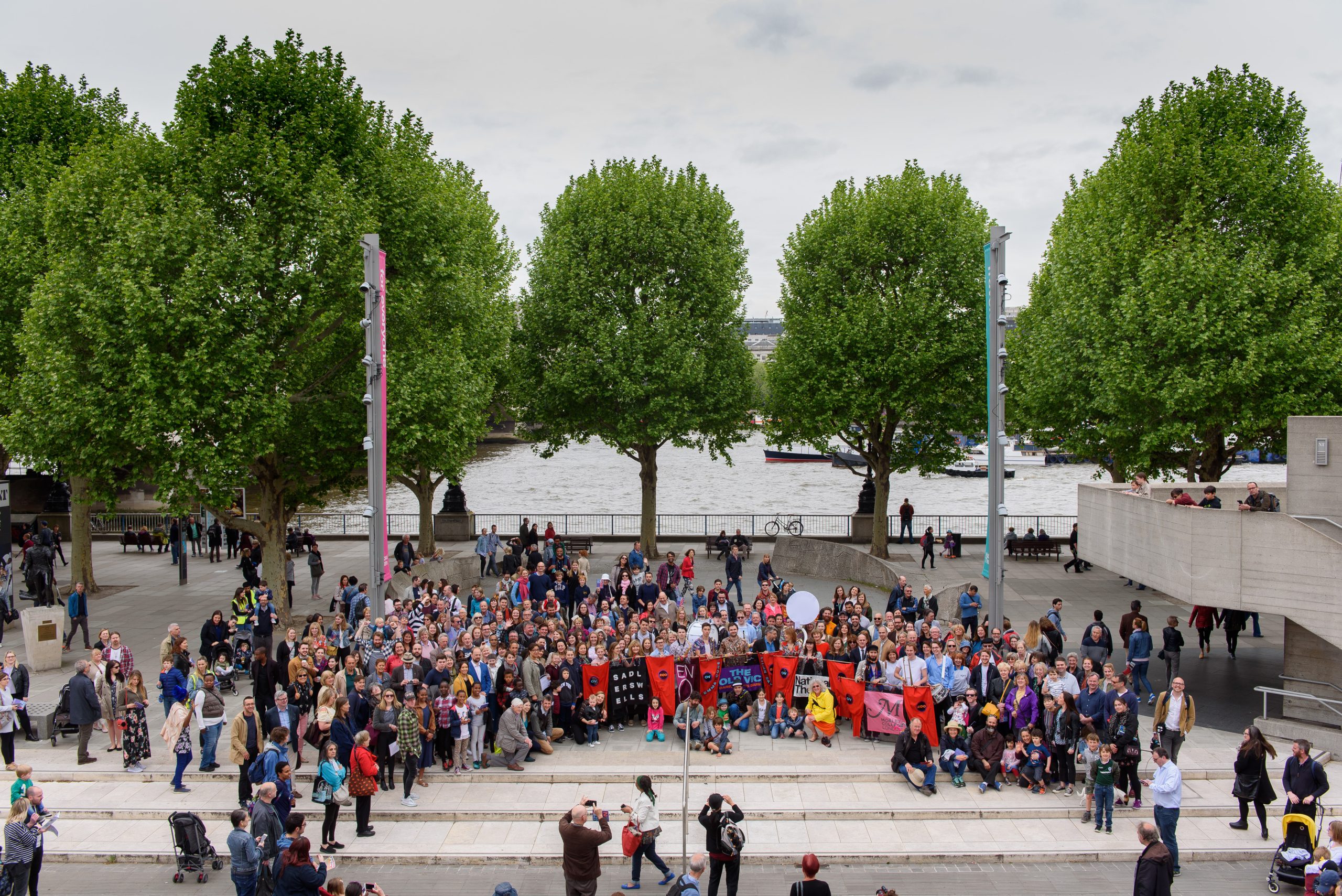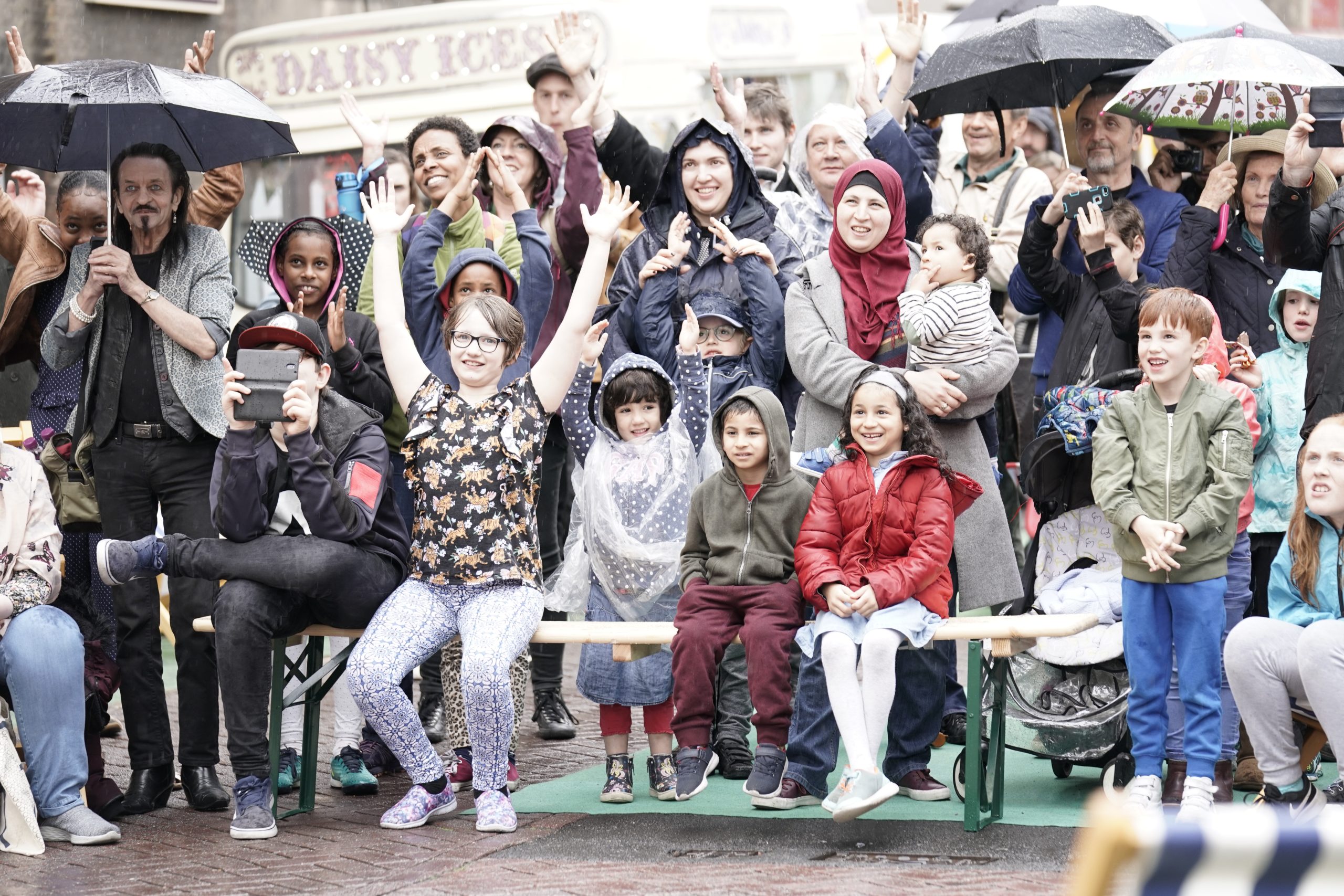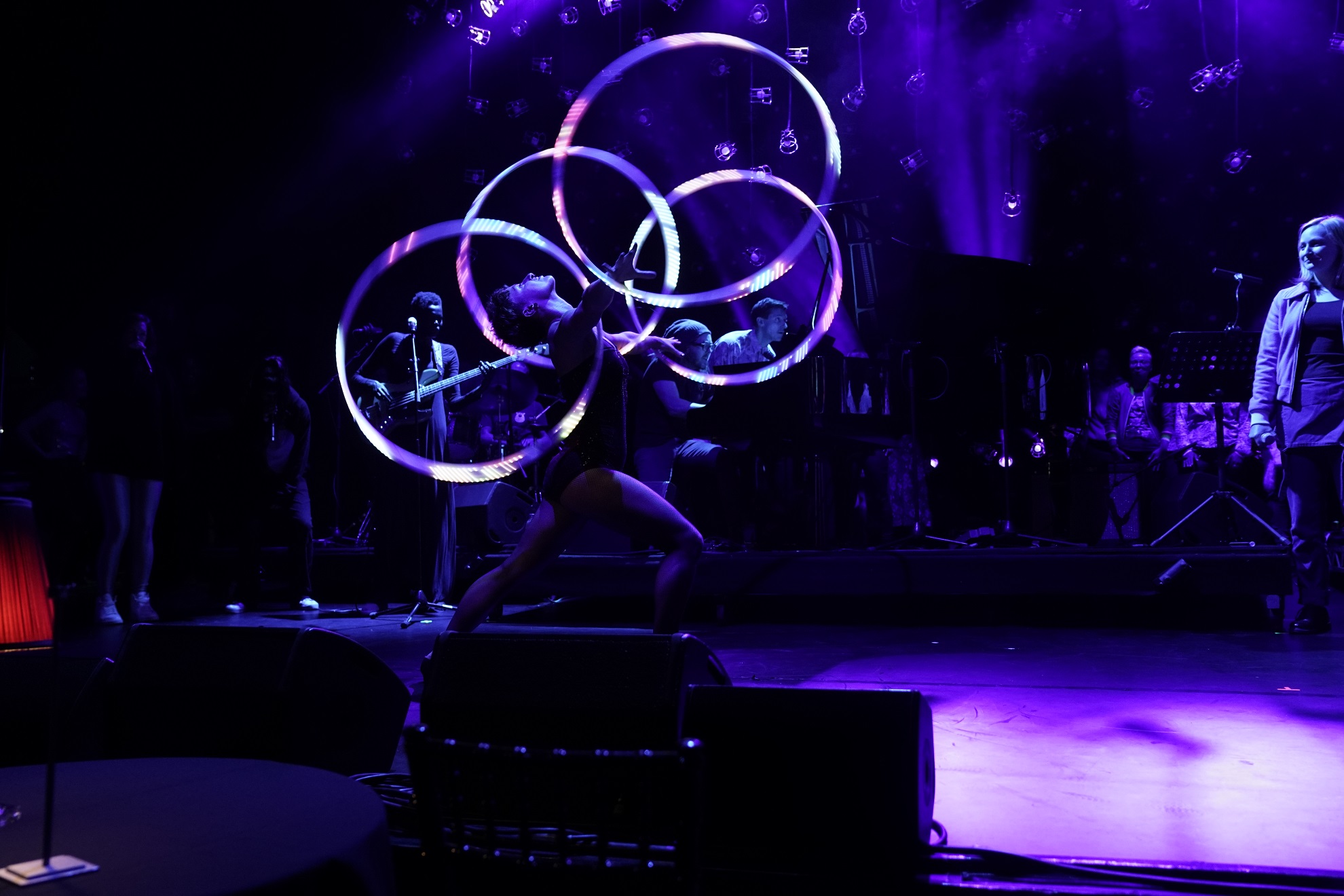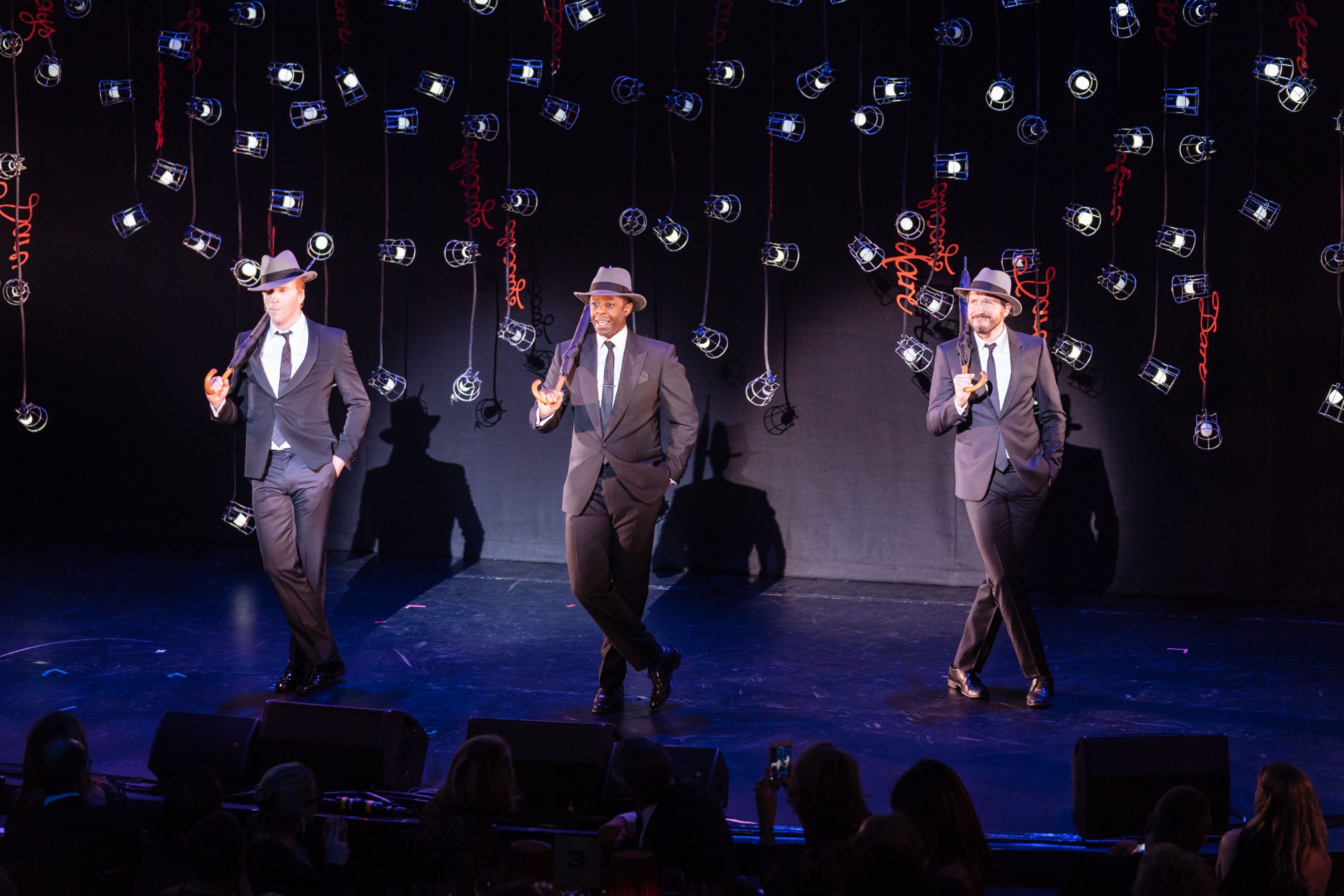200 Years of Creative Adventure
For over 200 years, The Old Vic has been at the centre of its civic, creative and cultural community: London’s local theatre with global impact, reaching audiences of 350k+ every year with over 60% of those visiting for the first time. As a theatre operating independently as a registered charity, The Old Vic’s identity is built around its wider societal contribution and our mission to make The Old Vic accessible.
The theatre that began life as a music hall, a notorious drinking den, a temperance tavern and an opera house went on to become the home of great acting, dance, musical extravaganzas, vaudeville and spectacle. Many of our great actors have appeared here, including Laurence Olivier, Sybil Thorndike, John Gielgud and Ralph Richardson. Others, like Judi Dench, Michael Gambon and Maggie Smith first made their names here. Olivier led the first National Theatre Company at The Old Vic and independence, integrity and a fighting spirit have permeated throughout The Old Vic’s history as it has triumphed over adversity when faced with bankruptcy, fires, bombing during the Second World War and the COVID-19 pandemic.
The last two centuries have seen The Old Vic take on many identities but throughout this time one element has endured; an unwavering determination to remain a beacon of hope, entertainment, education, solace and inspiration with a social mission to be a force for good.
Throughout 2018 The Old Vic celebrated its 200th birthday and here are some snapshots into the work of The Old Vic.

The Old Vic’s Bicentenary Weekend
The Old Vic's Bicentenary Weekend
Look back over all of the highlights from our bicentenary weekend.

The Vic-Wells Ballet

The Vic-Wells Ballet
On this day in 1931 the Vic-Wells Ballet gave its first full evening of ballet on The Old Vic stage after Lilian Baylis and Ninette de Valois reopened the derelict Sadler’s Wells theatre with a ballet company of graduates of Ninette’s theatre school: Joy Newton, Freda Bamford, Sheila McCarthy, Beatrice Appleyard, Nadine Newhouse and Ursula Moreton. Aiming to establish a ballet tradition in Britain, the Company featured Ninette de Valois as both leading dancing and choreographer and their inaugural Old Vic performance featured guest star Anton Dolin.
Ten days later, the Company performed at the newly opened Sadler’s Wells. It continued to grow and alternate performances between The Old Vic and Sadler’s Wells, nurturing dancers like Margot Fonteyn, Frederick Ashton and Robert Helpmann with Constant Lambert as musical director before it was renamed the Sadler’s Wells Ballet in 1941 before taking up residence at the Royal Opera House 1946. It was granted a royal charter in 1956 and became recognised as Britain’s flagship company
On 5 May 1931, a Company of six women, one exceptionally talented choreographer and a tenacious theatre manager instigated the start of what would become the Royal Ballet, the Birmingham Royal Ballet and the Royal Ballet School. This is not just a landmark day for The Old Vic, but for the entire landscape of British dance.
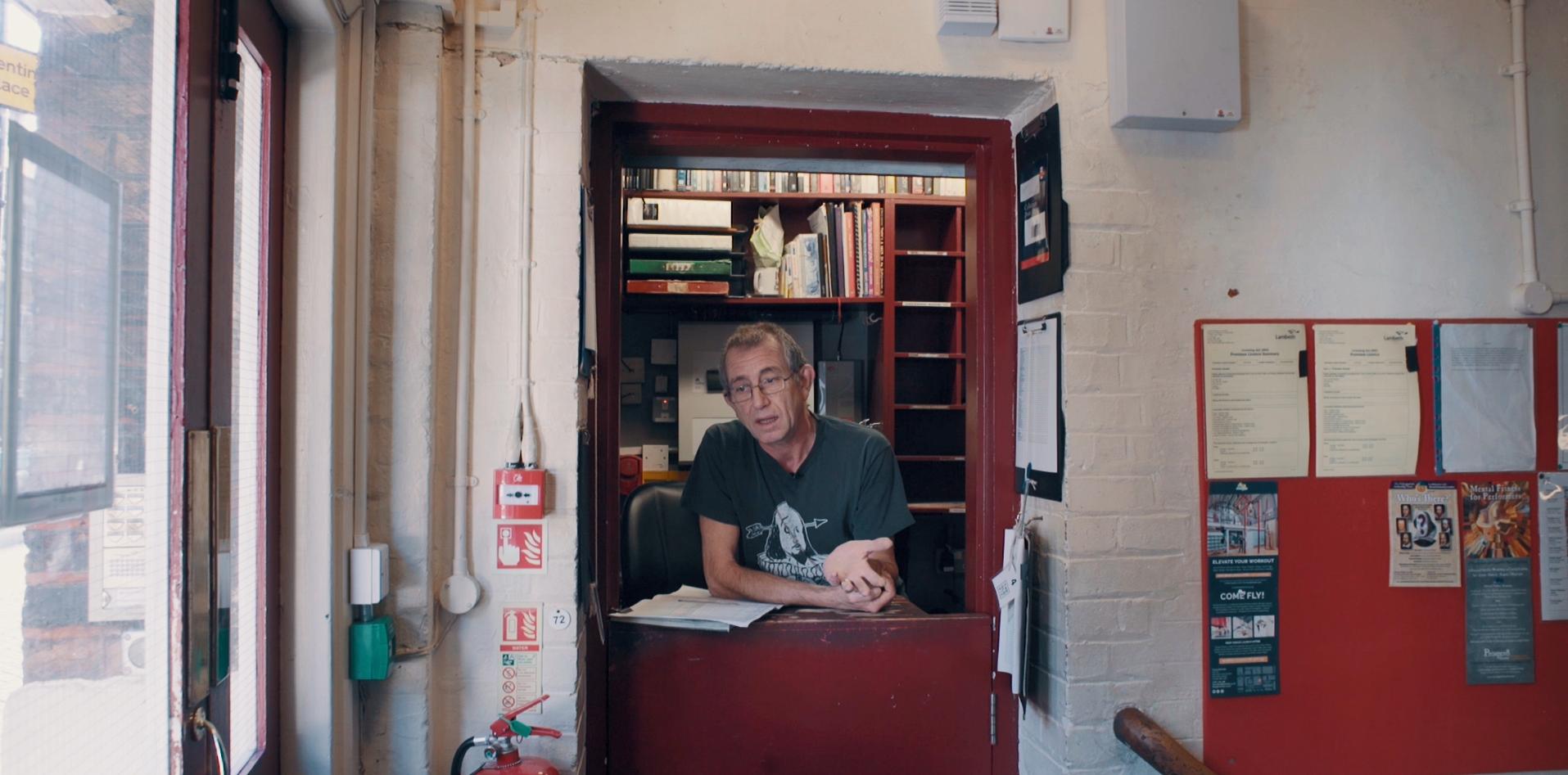
Our Stage Door Manager
Our Stage Door Manager
‘All of the good, all of the achievements – the ballet, the opera, all of it – just from this little thing that was built in the middle of a bog all those years ago‘
Ned Seago has been working at The Old Vic for over 30 years and in 2017 he won The Stage’s Unsung Hero Award – we followed him for a day last summer to find out what it is about The Old Vic that has kept him captivated for over three decades.
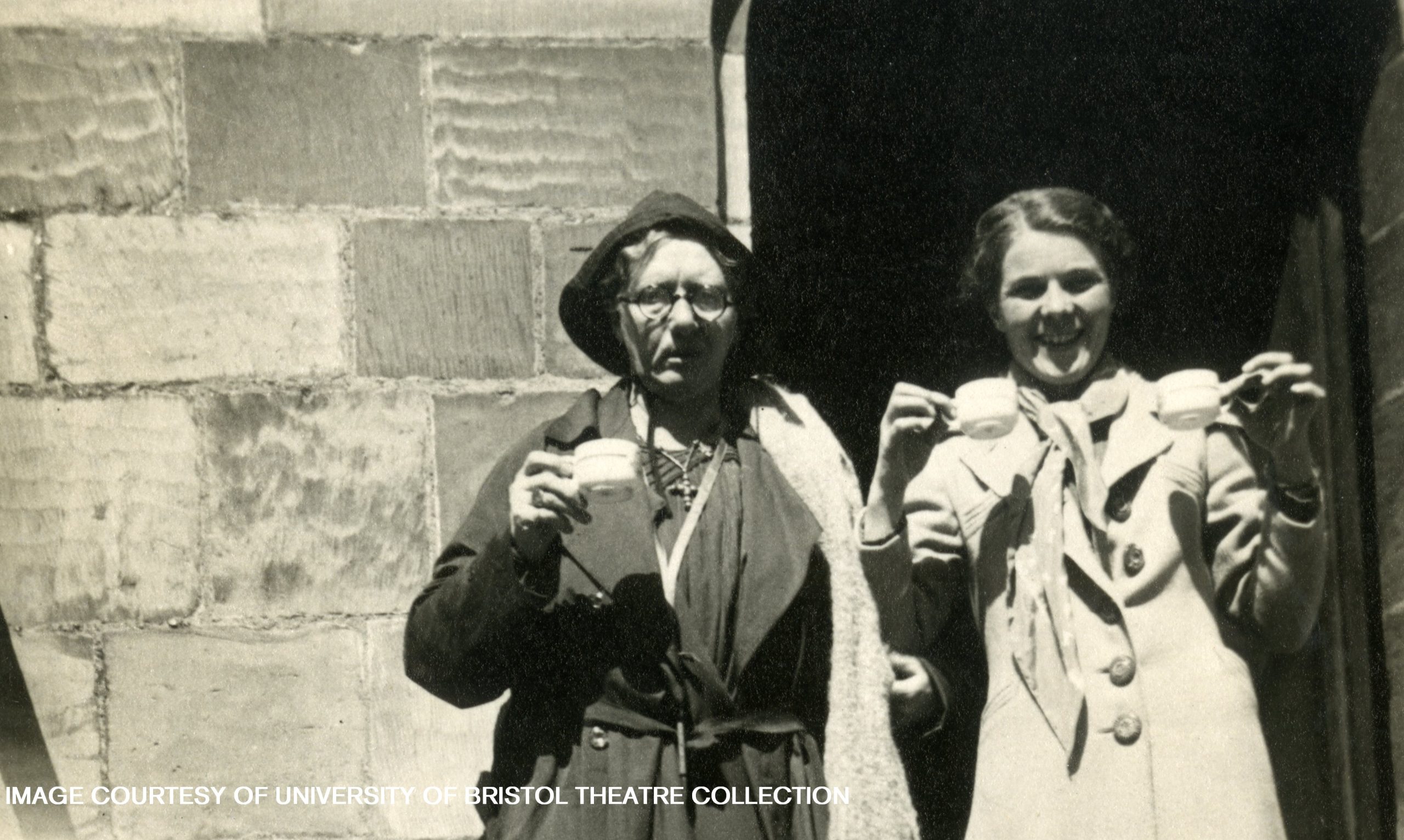
Happy Birthday Lilian Baylis

Happy Birthday Lilian Baylis
Just two days before we celebrate our own, we are also celebrating the great Lilian Baylis’ birthday.
Music-lover, impresario, producer, fundraiser, honorary degree-holder, frugal, devout, dog-lover; Lilian was many things, and without her, the arts landscape would look very different to how it looks today.
Under her management and tireless spirit, The Old Vic thrived and Sadler’s Wells returned from dereliction. After her death the roots from her work began to spread and the National Theatre, the Royal Ballet, the Bristol Old Vic, the Birmingham Royal Ballet and the English National Opera were born.
Lilian, having no children of her own, was mother to a great legacy of music, dance and theatre. She was loved by some, ruffled the feathers of many more.
She served The Old Vic for 39 years, ensuring its survival against the odds.
She was often rude, frequently obstinate, but always driven, endlessly tenacious and a constant inspiration to us all.

Keep calm, and carry on

Keep calm, and carry on
On this day in 1941, The Old Vic was hit by bomb.
The theatre had closed its doors in 1940 amidst the onset of the Blitz, and a direct hit to the rehearsal room roof ensured that the theatre wouldn’t reopen until 13 November 1950.
Whilst the theatre was closed for 10 years, its spirit proved unyielding. The Old Vic Touring Company was created and toured for the remainder of the war across Wales, Northern England and a newly liberated Europe.
In 1947, pupils of the newly formed Old Vic Theatre School, including Joan Plowright, later Lady Olivier, worked amongst the rubble of the auditorium, the foyer, the bar and the rehearsal room beneath a sheet of tarpaulin which patched up the bomb-damaged roof.

Rebranding a 198-year-old theatre

Rebranding a 198-year-old theatre
Two years ago, the new identity for The Old Vic was born from several places of inspiration.
Following our initial conversations with Matthew Warchus we understood the need for a great sense of authenticity in our work. He talked of theatre made for the people, imbued with a straight-forwardness of the street.
We discovered that the full name of the theatre had changed over the years – from Royal Coburg Theatre to Royal Victoria Theatre and finally the Royal Victoria Hall, but had always been referred to as The Old Vic. The colloquial name, sounding rather like a pub, suggested that we might look for inspiration at the lettering on old buildings around London.
This big beautiful lettering often now appearing like ghosts on walls has an authenticity, a sense of time and place. Following that line of thought, and with the hope of returning The Old Vic into the vernacular of London we made the logotype from similar typographic forms.
As part of our research we visited The Old Vic archive at the University of Bristol Theatre Collection and discovered another fundamental part of the visual identity – the use of typography. Looking back through the many eras of poster designs, the most powerful ones were pure, confident and typographic.
We built a very simple grid and typographic system that runs from top to bottom of the posters, no matter the scale, size or format. Back to Matthew’s original suggestion that things should feel as though they have just been made, not over mannered, the posters play out in a pure powerful statement of content, colour being the joyful differentiator.
Now seeing the logotype at full scale on the theatre exterior means our original idea has gone back to its foundation – the timeless typography of Victorian building lettering.
The essential idea was to create a visual identity from the source of the place and its history but in an entirely contemporary way.
Harry Pearce
Partner, Pentagram
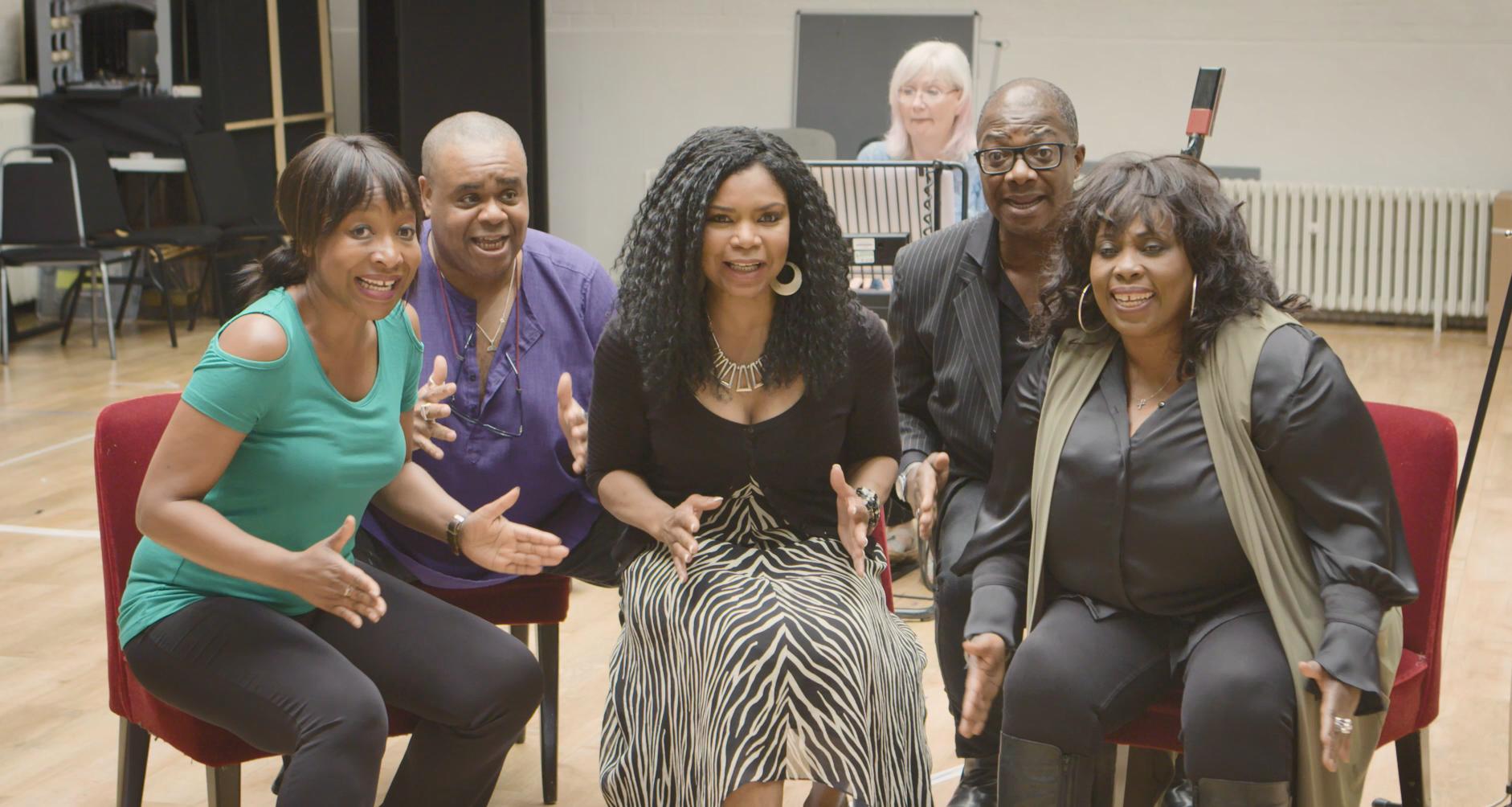
Carmen Jones
Carmen Jones
In 1991 Hammerstein’s 1943 Broadway musical Carmen Jones was revived at The Old Vic. Directed by Simon Callow, the show re-imagined Bizet’s Carmen and placed the action in the deep South of America during the Second World War.
It ran for a whole season at The Old Vic and went on to earn six Olivier Award nominations in 1992, winning Best New Musical and Best Actress in a Musical for Wilhelmenia Fernandez. Following its success, it went onto tour Europe and Japan.
To mark the 26th anniversary of the 1992 Olivier Awards, we brought together Sharon Benson (Carmen Jones, 1991 Old Vic production), Clive Rowe (Rum, 1991 Old Vic production), Colin Griffiths-Brown (Ensemble, 1991 Old Vic production and Rum, touring productions), Ruby Turner (Frankie, touring productions) and Shelaagh Ferrell (Ensemble, 1991 Old Vic production) to revisit one of the songs from the show under the guidance of Director Simon Callow, choreographer Stacey Haynes and Musical Director Derek Barnes.
Directed by Simon Callow
Musical Director Derek Barnes
Choreographer Stacey Haynes

Lolita Chakrabarti on Ira Aldridge
Lolita Chakrabarti on Ira Aldridge
Ira Aldridge, often hailed as the first black Shakespearean actor, performed at The Royal Coburg (as The Old Vic was known) in 1825. Over 193 years later, Lolita Chakrabarti performed on the same stage in our recent production of Fanny & Alexander.
After 15 years of research for her play Red Velvet, Lolita sheds some light on Ira Aldridge and his incredible performance career.
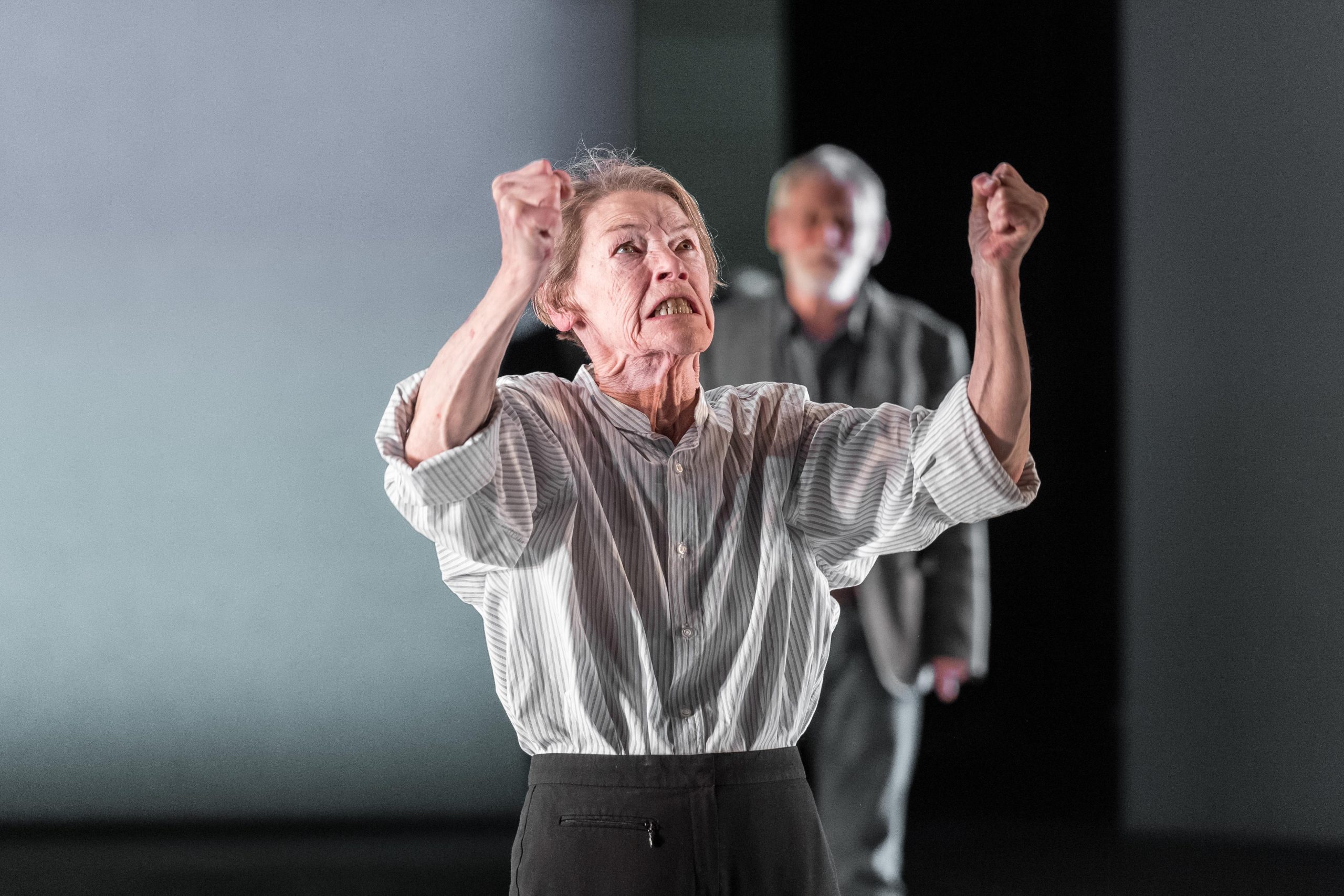
A history of Shakespeare at The Old Vic

A very special royal birthday

World Autism Awareness Week – Bella’s story

World Autism Awareness Week – Bella’s story
Today marks the final day of World Autism Awareness Week. Here at The Old Vic, ensuring that everyone has the opportunity to enjoy theatre is at the heart of what we do and one way that we do this is through visual stories to help ease anxiety and provide reassurance for those who need it.
Bella’s school was part of Schools Club, which provides free workshops, theatre tickets, backstage tours and diverse educational resources for staff and students. This is her Old Vic story.
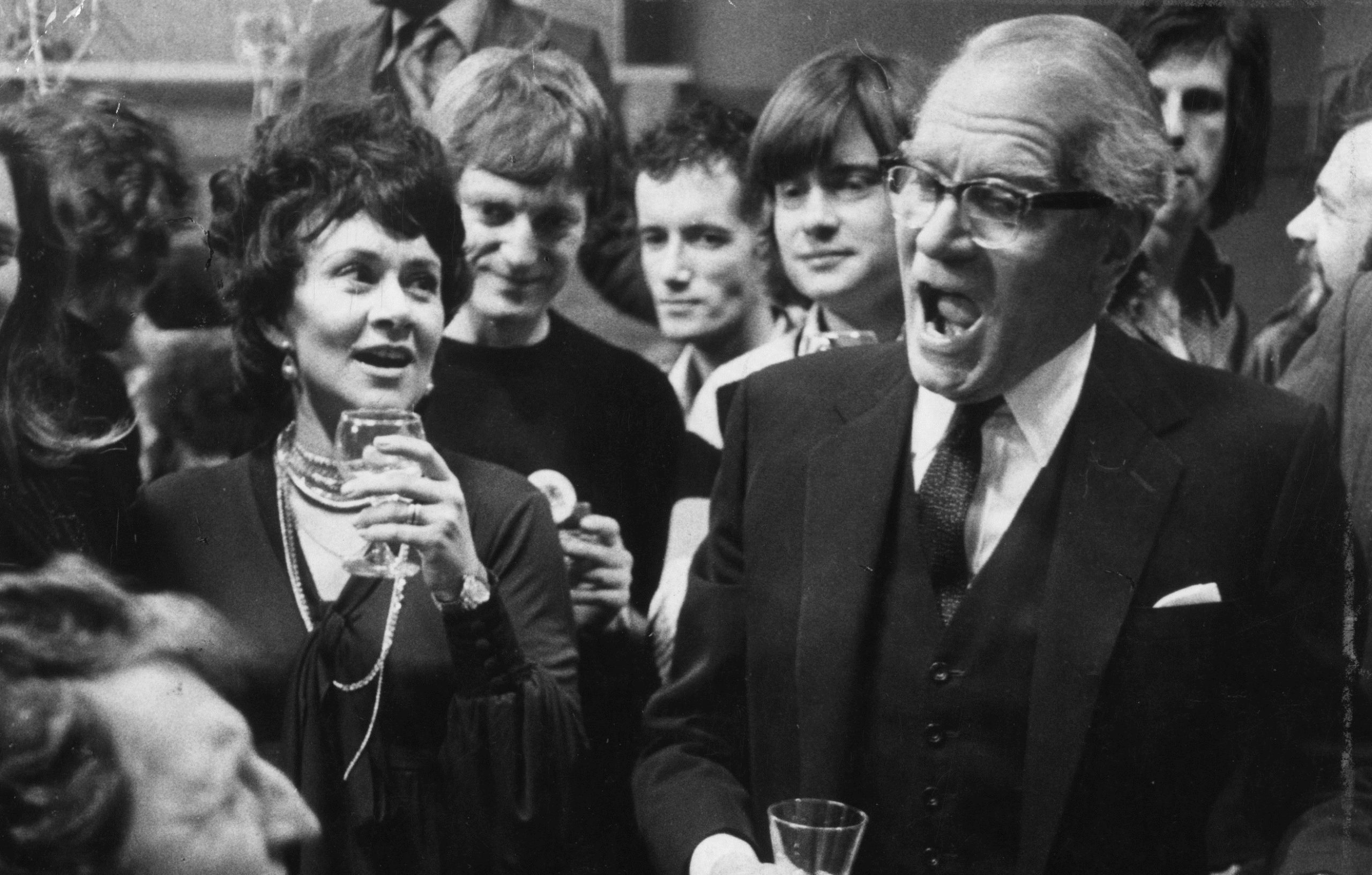
Olivier’s Final Bow

Under Milk Wood

Dickens and The Old Vic
Dickens and The Old Vic
Dickens wrote about The Old Vic – amongst the novels and novellas of Charles Dickens’ legendary catalogue are some small programme articles and notes about an ‘up-and-coming theatre’ in Waterloo. ‘The Victoria Theatre’ was still in its infancy when the writer began to document the hustle and bustle of the crowds frequenting it and as we celebrate what would have been Dickens’ 206th birthday, we take a look back at The Old Vic through his eyes.
Having seen the magic of one of his most famous works translated to our very own stage in the form of A Christmas Carol, we’re proud to have had a small mention amongst the pages of his lesser-known sketches of 1800s London. Here it is performed by Golda Rosheuvel who played the Ghost of Christmas Present (better known as Brenda) in Jack Thorne’s adaptation of A Christmas Carol.
‘Joe Whelks, of the New Cut, Lambeth, is not much of a reader, has no great store of books, no very commodious room to read in, no very decided inclination to read, and no power at all of presenting vividly before his mind’s eye what he reads about him. But put Joe in the gallery of the Victoria Theatre, show him doors and windows in the scene that will open and shut, and that people can get in and out of; tell him with these aids and by the help of living men and women dressed up, confiding to him their innermost secrets, in voices audible half a mile off; and Joe will unravel a story through all its entanglements, and sit there as long after midnight as you have anything left to show him.’
Charles Dickens
‘The Amusements of the People’

From Coburg to Victoria to Vic – the history of our name

From Coburg to Victoria to Vic – the history of our name
The Old Vic started life as the Royal Coburg Theatre, taking its name from its patron His Serene Highness Leopold, Prince of Saxe-Coburg and his wife, Princess Charlotte. Sadly, Charlotte died in 1817 before the Coburg opened and Prince Leopold subsequently only visited the theatre twice, eventually leaving England in 1831 to become the first King of the Belgians.
